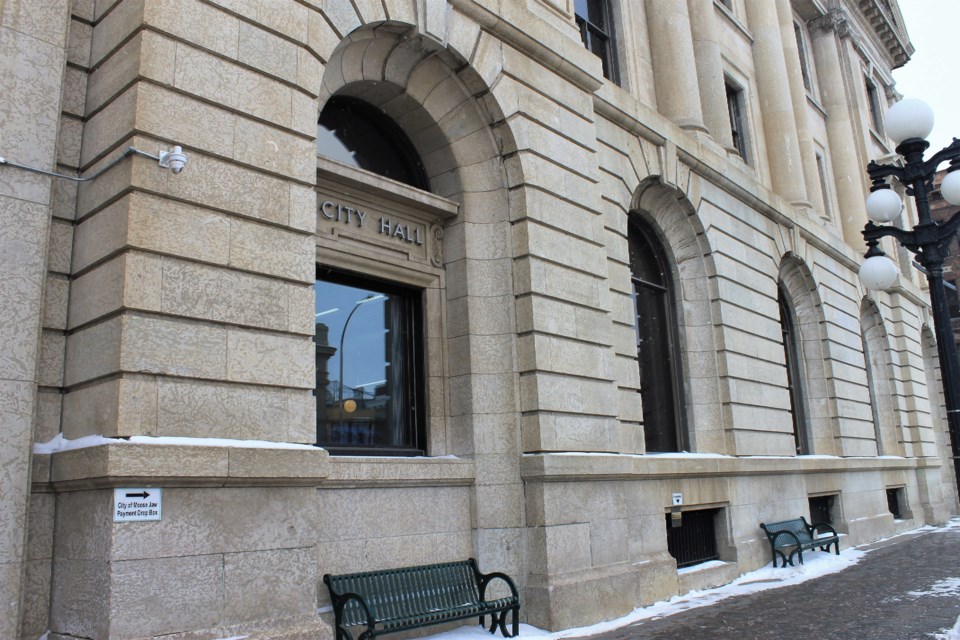While an infrastructure levy of $30 will be imposed on taxpayers next year, city administration’s goal is to increase it to $100 so it covers the funding shortfall in the cast iron water main replacement program.
An infrastructure levy of $30 per year — or $2.50 per month — will be imposed on every taxable property, multi-unit residential suite, and mobile home in 2020. This will provide $502,000 to fund the previously anticipated local improvement plan portion of the cast iron water main project.
City council approved the levy during its 2020 budget discussions.
There is federal and provincial funding the municipality has to minimize the overall effect of the levy, said city manager Jim Puffalt. City administration “does not want to put a major impact on taxpayers all at once.” It proposes to increase the levy to $60 in 2021 and $100 in 2022 since a funding need exists.
A levy of $100 would generate $1.6 million annually for infrastructure renewal. The cast iron water main project has faced a deficit of $1.6 million each year since 2016. Finance director Brian Acker explained that the original intention was to have a local improvement plan (LIP) pay for that cost, but residents voted against it in 2016.
What city administration has done is to use cash flows in the water utility to fund the project and make up for shortfalls, while it also borrowed $30 million, he continued. This program needs to become sustainable, otherwise significant utility rate increases will need to happen.
The cast iron water main project has been short $6.4 million since it started in 2016.
“We need to figure that (concern) out. The rooster is going to come home to roost pretty quick,” said Coun. Heather Eby. “I think it is imperative where we need to make a decision (about funding it) … we can’t kick it down the road forever.”
Mayor Fraser Tolmie appreciated the approach city administration was taking with the infrastructure levy by increasing it over several years. The federal and provincial governments have provided infrastructure funding during the next two years that can be directed toward this program.
However, the question in two years’ time will be where the funding comes from for the project, Tolmie continued. Slowly increasing the levy allows council to build up an account during that time.
The investment committee is also investing the municipality’s financial reserves to receive a better rate of return. While that might not cover everything due to the unpredictability of the markets, it at least allows council to have another plan in place.
Moose Jaw is also facing a high number of water main breaks, said Tolmie. About $1 million is being directed to address that issue. With the $30 levy, if those water breaks decrease during the next two years since a second in-house construction crew is available to fix them, then that project will be re-evaluated.
“But to go to a $100 levy, that could create a great shock to community,” he added. “So we need to have a balanced and steady approach.”
The first regular council meeting of the new year is Monday, Jan. 13.




